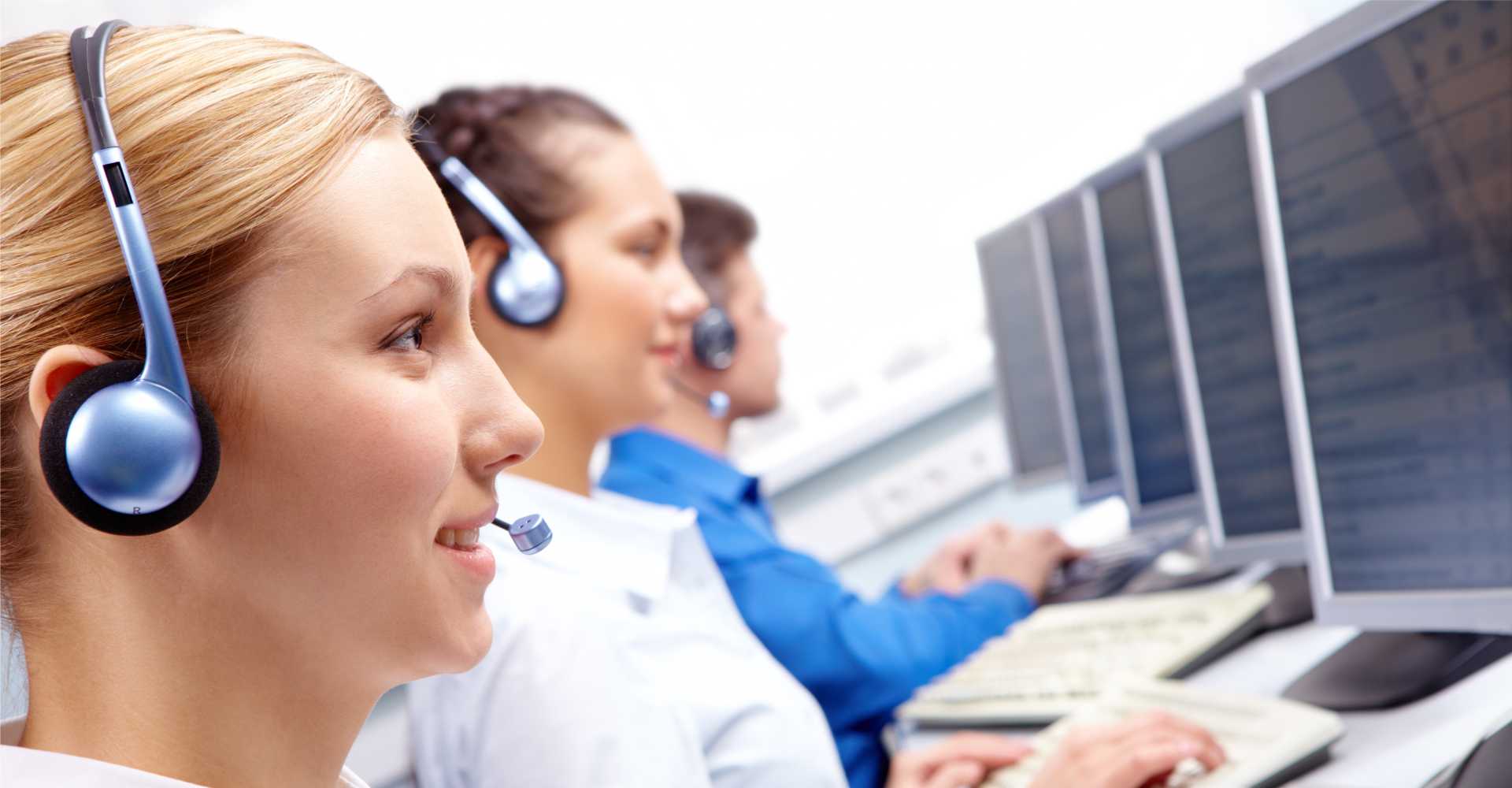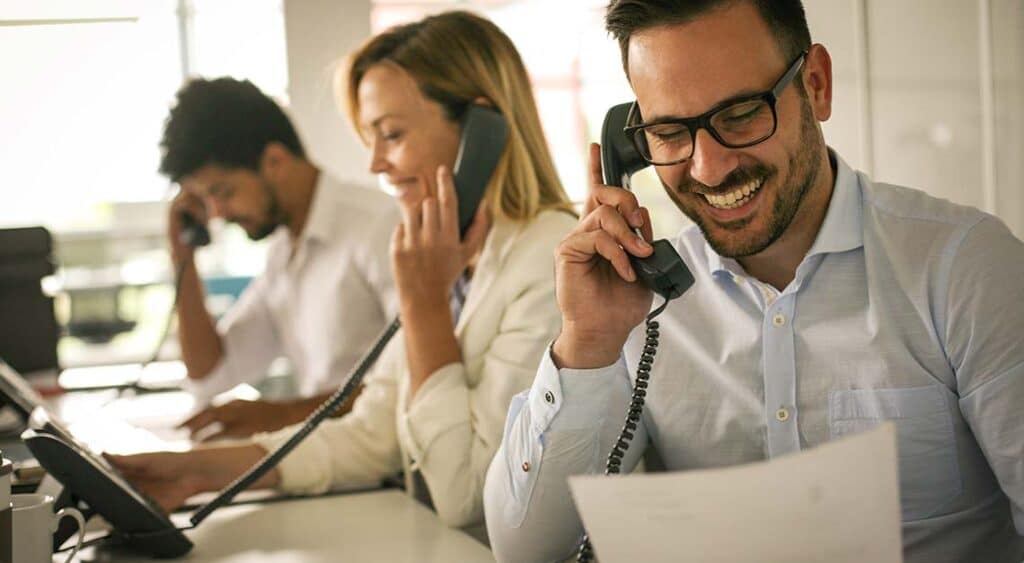All Categories
Featured
Table of Contents
- – Best 10 Signs Your Business Needs A Telephone A...
- – Which Is The Best What Is An Answering Service...
- – What's The Best The Benefits Of Secretarial An...
- – What Are The Best Phone Answering - Serviced ...
- – What Is The Best 9 Best Answering Service Pro...
- – What's The Best The Benefits Of Secretarial ...
Best 10 Signs Your Business Needs A Telephone Answering Service Deals Near Me
This device and its followers were created by Sava Jacobson, an electrical engineer with a private consulting service. While early voice mail used magnetic tape technology, the majority of contemporary equipment uses solid state memory storage; some devices use a combination of both, with a solid-state circuit for the outgoing message and a cassette for the incoming messages.
"toll saving" below) (virtual telephone answering). This works if the owner is screening calls and does not want to talk with all callers. In any case after going, the calling party must be informed about the call having actually been answered (most of the times this begins the charging), either by some remark of the operator, or by some greeting message of the little bit, or addressed to non-human callers (e.
This holds specifically for the TADs with digitally saved welcoming messages or for earlier machines (prior to the increase of microcassettes) with an unique unlimited loop tape, separate from a second cassette, dedicated to recording. There have been answer-only gadgets with no recording abilities, where the welcoming message had to notify callers of a state of present unattainability, or e (virtual telephone answering service).
Which Is The Best What Is An Answering Service? - Ruby Blog Service?

about accessibility hours. In tape-recording TADs the welcoming normally includes an invitation to leave a message "after the beep". An answering machine that uses a microcassette to record messages On a dual-cassette answerphone, there is an outbound cassette, which after the specified number of rings plays a pre-recorded message to the caller.

Single-cassette voice mail include the outgoing message at the start of the tape and incoming messages on the remaining area. They first play the announcement, then fast-forward to the next offered space for recording, then tape-record the caller's message. If there are numerous previous messages, fast-forwarding through them can trigger a substantial hold-up.
This beep is frequently referred to in the welcoming message, requesting that the caller leave a message "after the beep". Littles with digital storage for the taped messages do disappoint this hold-up, of course. A little bit might use a push-button control facility, where the answerphone owner can ring the house number and, by going into a code on the remote telephone's keypad, can listen to taped messages, or erase them, even when far from house.
What's The Best The Benefits Of Secretarial And Telephone Answering ... Brand

Consequently the maker increases the variety of rings after which it answers the call (generally by two, resulting in 4 rings), if no unread messages are currently saved, however responses after the set number of rings (generally two) if there are unread messages. This allows the owner to discover whether there are messages waiting; if there are none, the owner can hang up the phone on the, e.
Some devices likewise allow themselves to be remotely triggered, if they have actually been turned off, by calling and letting the phone ring a specific big number of times (generally 10-15). Some service companies desert calls already after a smaller variety of rings, making remote activation impossible. In the early days of Littles a special transmitter for DTMF tones (dual-tone multi-frequency signalling) was regionally required for push-button control, given that the previously used pulse dialling is not apt to communicate suitable signalling along an active connection, and the dual-tone multi-frequency signalling was carried out step-by-step.
Any incoming call is not identifiable with respect to these residential or commercial properties in advance of going "off hook" by the terminal devices. So after going off hook the calls need to be changed to suitable gadgets and just the voice-type is immediately available to a human, but maybe, however need to be routed to a TAD (e.
What Are The Best Phone Answering - Serviced & Virtual Offices & Admin ... Brands To Buy
What if I told you that you do not have to actually select up your gadget when responding to a consumer call? Somebody else will. So practical, best? Responding to call does not require someone to be on the other end of the line. Efficient automated phone systems can do the technique just as efficiently as a live agent and sometimes even much better.
An automatic answering service or interactive voice reaction system is a phone system that communicates with callers without a live person on the line - business answering service. When companies use this technology, customers can get the response to a concern about your company simply by utilizing interactions established on a pre-programmed call flow.
Although live operators update the client service experience, numerous calls do not need human interaction. A simple recorded message or instructions on how a consumer can recover a piece of info normally fixes a caller's instant requirement - business answering service. Automated answering services are a simple and reliable method to direct incoming calls to the best person.
What Is The Best 9 Best Answering Service Providers For 2023 [Reviewed] App?
Notice that when you call a business, either for assistance or item questions, the first thing you will hear is a pre-recorded voice welcoming and a series of options like press 1 for customer support, press 2 for questions, and so on. The pre-recorded alternatives branch out to other options depending upon the consumer's choice.
The phone tree system assists direct callers to the right individual or department using the keypad on a cellphone. In some instances, callers can utilize their voices. It deserves keeping in mind that auto-attendant options aren't restricted to the ten numbers on a phone's keypad. As soon as the caller has selected their very first choice, you can design a multi-level auto-attendant that uses sub-menus to direct the caller to the right sort of assistance.
The caller does not have to communicate with an individual if the auto-attendant phone system can handle their issue. The automatic service can route callers to a worker if they reach a "dead end" and require help from a live agent. It is expensive to employ an operator or executive assistant.
What's The Best The Benefits Of Secretarial And Telephone Answering ... On The Market
Automated answering services, on the other hand, are significantly less costly and offer considerable expense savings at approximately $200-$420/month. Even if you don't have devoted staff to handle call routing and management, an automated answering service enhances productivity by enabling your team to concentrate on their strengths so they can more effectively invest their time on the phone.
A sales lead routed to customer service is a lost shot. If a customer who has item concerns reaches the wrong department or receives incomplete answers from well-meaning staff members who are less trained to handle a particular kind of concern, it can be a cause of aggravation and frustration. An automatic answering system can decrease the variety of misrouted calls, consequently helping your staff members make better use of their phone time while maximizing time in their calendar for other tasks.
With Automated Answering Systems, you can create a tailored experience for both your personnel and your callers. Make a recording of your primary greeting, and simply update it regularly to reflect what is going on in your company. You can produce as many departments or menu options as you want.
Table of Contents
- – Best 10 Signs Your Business Needs A Telephone A...
- – Which Is The Best What Is An Answering Service...
- – What's The Best The Benefits Of Secretarial An...
- – What Are The Best Phone Answering - Serviced ...
- – What Is The Best 9 Best Answering Service Pro...
- – What's The Best The Benefits Of Secretarial ...
Latest Posts
Thorough Automated Answering Service Near Me – Brisbane 4000
Honest Small Business Answering Service Near Me
Tailored Answering Service Pricing – Darling Downs
More
Latest Posts
Thorough Automated Answering Service Near Me – Brisbane 4000
Honest Small Business Answering Service Near Me
Tailored Answering Service Pricing – Darling Downs